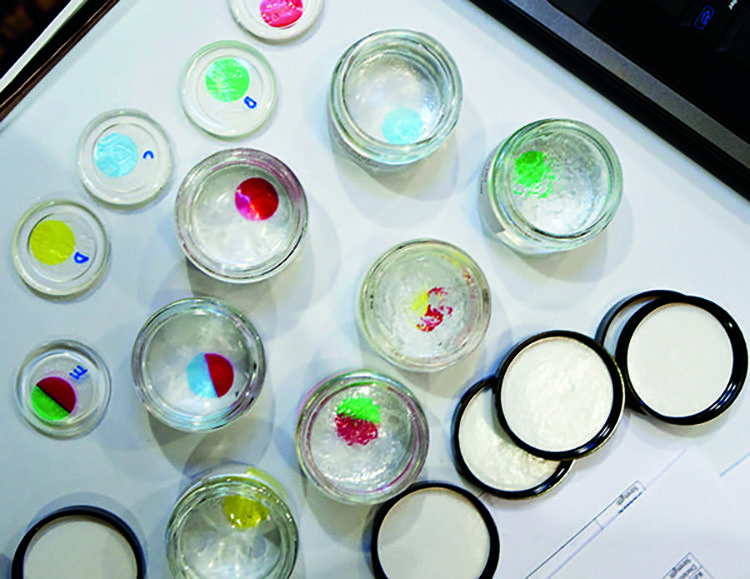As the Waterborne Symposium celebrates its 50th year presenting the latest in coatings technology, I was asked by the CoatingsTech editor to reflect on how the conference has influenced our industry over the years.
In 1981, I was hired as a chemist for Thompson-Formby, Inc. in Olive Branch, MS, and was responsible for the Thompson’s© Water Seal© brand. I had little experience in formulating coatings as a trained biochemist, so my journey began with learning all I could about the coatings business. In the early 1980s, all eyes were focused on addressing the upcoming California reductions in volatile organic compounds (VOCs) in architectural coatings.
Reducing VOCs was the primary challenge in the industry, and the Waterborne Symposium and its close association with the highly regarded School of Polymer Science and Engineering at the University of Southern Mississippi (USM) provided a forum for discussing this issue. In a time of no internet, attending conferences and reading published works was the only way to find new advancements in polymer research.
In 1983, I attended my first Waterborne Symposium to learn the latest in the new technologies and chemistries that all of us needed to help address the difficult task of lowering VOCs while maintaining performance. The language of polymer science was new to me, but the high-quality presentations helped me understand how the puzzle pieces went together.
As time passed, more air quality regulations were imposed in the U.S. and then in Europe, and continuing reductions in VOCs created new problems with coatings characteristics like dry time, lapping, flow and leveling, durability, and wet-edge reduction. New technology was needed, and year after year, the Waterborne Symposium offered information about new resins, improved ways to cure coatings, and new techniques for lowering VOCs.
Through the years, the Waterborne Symposium has consistently served as a venue for examining the latest problems. As we enter an era of increased sustainability, more bio-based resins, and a reduced fossil-fuel future, the symposium is certain to present the latest technologies to address the needs of the coatings industry.
One of the perks of my position at Thompson-Formby was a close association with Shelby Thames, Ph.D., who, at the time, was the chair of the Polymer Science School at USM. As one of the founding fathers of polymer science and the Waterborne Symposium, his example and high standards have influenced the entire coatings industry by always pushing the boundaries of knowledge and technology. He often came to the Thompson-Formby facility for one-on-one lectures about polymer science and regaled us with stories that brought coatings to life. His influence, guidance, and pure joy of teaching others have influenced me beyond measure. His legacy in polymer science is extraordinary.
As a lifelong learner, I have always considered the Waterborne Symposium necessary to my continued education. The coatings industry has provided me with a fulfilling career, lifelong friends, and a chance to help others just beginning their journey in this business. In the most challenging of times, I hope the Waterborne Symposium continues to thrive and provide value to many other coatings professionals for many years to come.
For more information, contact the author at vscarborough@chemquest.com.
See the article in CoatingsTech.

